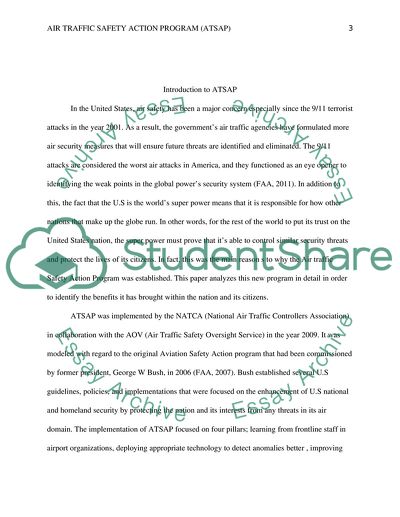Cite this document
(Air Traffic Safety Action Program in the US Research Paper, n.d.)
Air Traffic Safety Action Program in the US Research Paper. Retrieved from https://studentshare.org/technology/1774117-air-traffic-safety-action-program-atsap
Air Traffic Safety Action Program in the US Research Paper. Retrieved from https://studentshare.org/technology/1774117-air-traffic-safety-action-program-atsap
(Air Traffic Safety Action Program in the US Research Paper)
Air Traffic Safety Action Program in the US Research Paper. https://studentshare.org/technology/1774117-air-traffic-safety-action-program-atsap.
Air Traffic Safety Action Program in the US Research Paper. https://studentshare.org/technology/1774117-air-traffic-safety-action-program-atsap.
“Air Traffic Safety Action Program in the US Research Paper”, n.d. https://studentshare.org/technology/1774117-air-traffic-safety-action-program-atsap.


